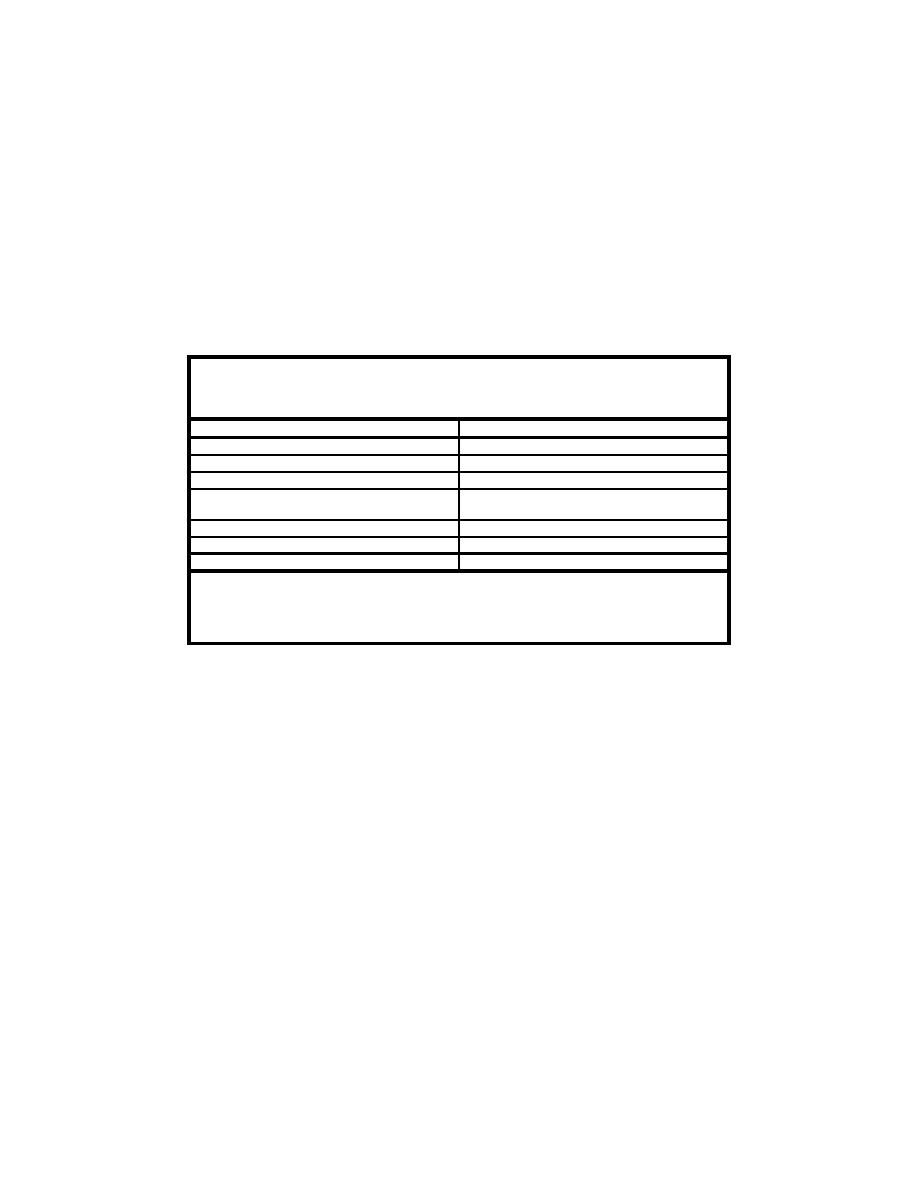 |
||
|
|
||
| |||||||||||||||
|
|
 5.1.5 Data Requirements
Data requirements for runoff evaluations include those pertaining to the
dredged material characteristics and should be obtained by sampling the
sediments to be dredged and testing them. The process described in Chapter 3
should identify the COCs for runoff quality evaluations. The dredged material
characterization data, the simplified laboratory runoff procedure (SLRP), and/or
the runoff simulator/lysimeter system (RSLS) tests described below provide the
remaining data required for prediction of the quality of the runoff. The CDF
surface area, slopes, and precipitation data for the region are also required. A
summary of the data requirements for runoff quality prediction is given in
Table 5-1.
Table 5-1
Summary of Data Requirements for Prediction of the Quality of
Runoff from Confined Dredged Material Disposal Areas
Data Required
Source of Data
Runoff total suspended solids concentration
Dissolved concentration of COC in runoff
Equilibrium Partitioning or SLRP or RSLS tests
Total concentration of COC in runoff
SLRP or RSLS tests
Fraction of COC in the total suspended solids in
SLRP or RSLS tests
runoff
CDF Surface Area
Site information
CDF Slope
Site information
Precipitation Data
National Weather Service
* This summary includes only those data required for runoff quality prediction. It is assumed that the
disposal area under consideration is designed for effective sedimentation and storage capacity to
handle effluent. Data requirements for such design or evaluation are found in EM 1110-2-5027
(HQUSACE 1987). The runoff evaluation assumes the worst case (direct discharge of runoff with no
retention time), so ponding effects are not considered in the evaluation of results.
5.1.6 CDF Design for Runoff Control
When the quality of the runoff from a CDF is of concern, the design,
operation, and management of the site is important. Because the runoff pathway
is of concern after filling and initial dewatering operations, CDF management for
runoff is different than for effluent. However, the storage time required for
effective sedimentation of TSS in runoff should be considered. Procedures
described in Engineer Manual 1110-2-2-5027 (HQUSACE 1987) for evaluating
TSS retention in CDF are generally applicable to runoff. These design procedures
determine the surface area and ponding depth required to achieve effective
sedimentation, the required containment volume for storage (including required
freeboard), and the proper sizing of weir structures.
Generally, a CDF designed for effective management of effluent would have
adequate storage capacity for managing precipitation runoff. However, as the
dredged material oxidizes and some contaminants become more soluble, simply
allowing time for settling may not be sufficient to reduce contaminants dissolved
in runoff.
5-4
Chapter 5
Surface Runoff After Disposal Operations
|
|
Privacy Statement - Press Release - Copyright Information. - Contact Us - Support Integrated Publishing |